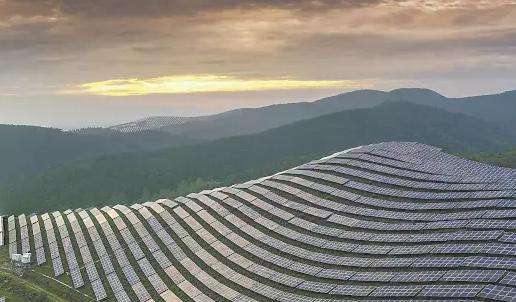The energy production of thin film solar panels per square meter is 50 to 60 W/m².
Thin-film solar cells can be manufactured using ceramic, graphite, metal foil and other low-cost materials as substrates. the current conversion efficiency can reach up to 13%. In addition to being flat, thin-film solar cells can also be made into non-planar structures due to their flexibility. They have a wide range of applications and can be combined with or as part of buildings. applications.
(1) forming a multilayer film on a substrate with a first electrode unit formed on the surface;
(2) treating the multilayer film in an annealing environment containing an inert gas and a selenium source. The film is selenized to form an absorption layer with a chalcopyrite crystal phase in the multilayer film < /p>
(3) forming a first buffer layer on the absorption layer
(5) Form a transparent conductive layer on the second buffer layer;
( 6) A second electrode unit is formed on the transparent conductive layer.
Step (1) includes the following steps:
(1.1) Spraying the first composite film containing Cu, Ga and KF on the first electrode unit
(1.2) Spraying the first composite film containing Cu, Ga and KF on the first electrode unit and sputtering the In film on the first composite film of Ga and KF simplifies the manufacturing process and saves money time and costs.














